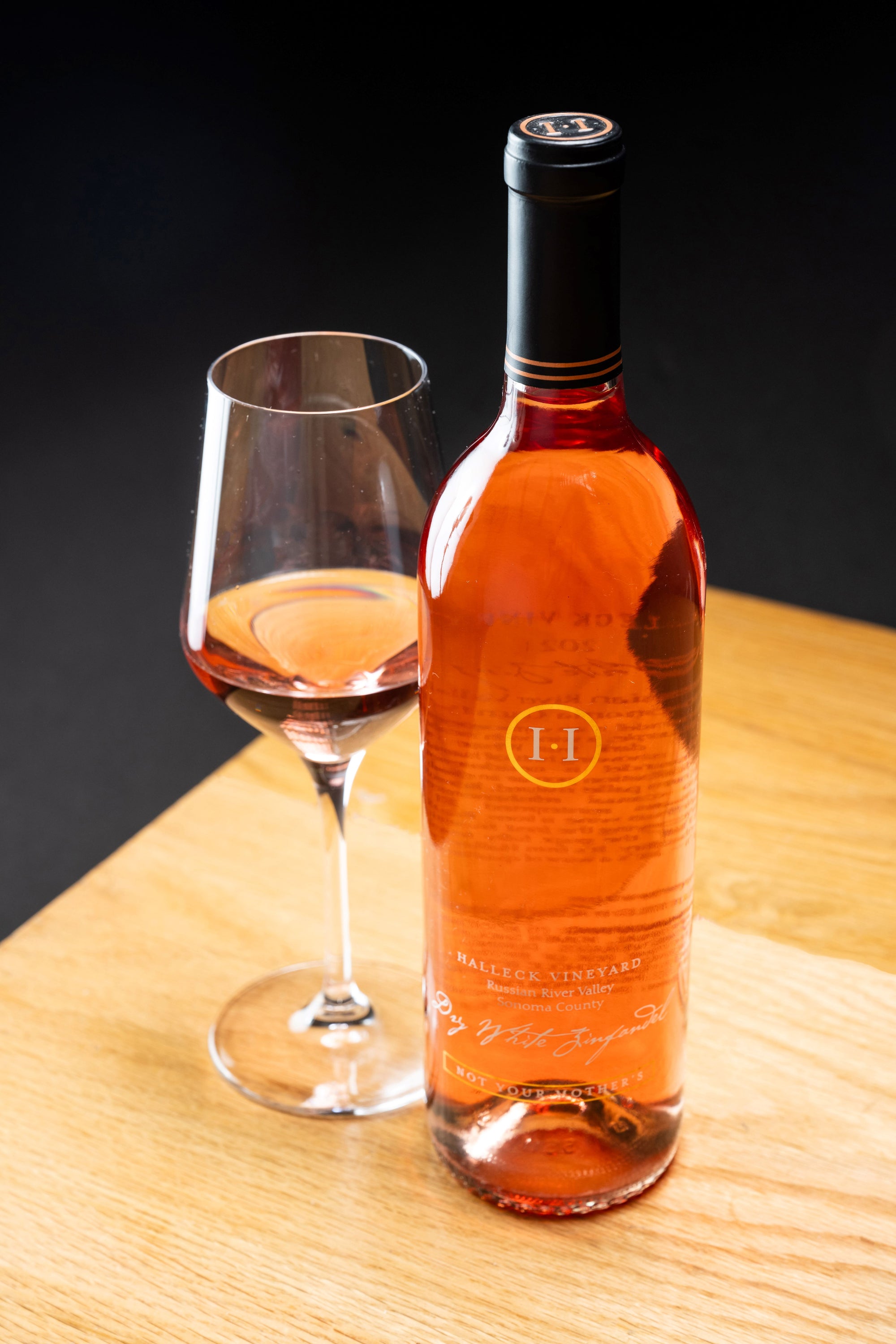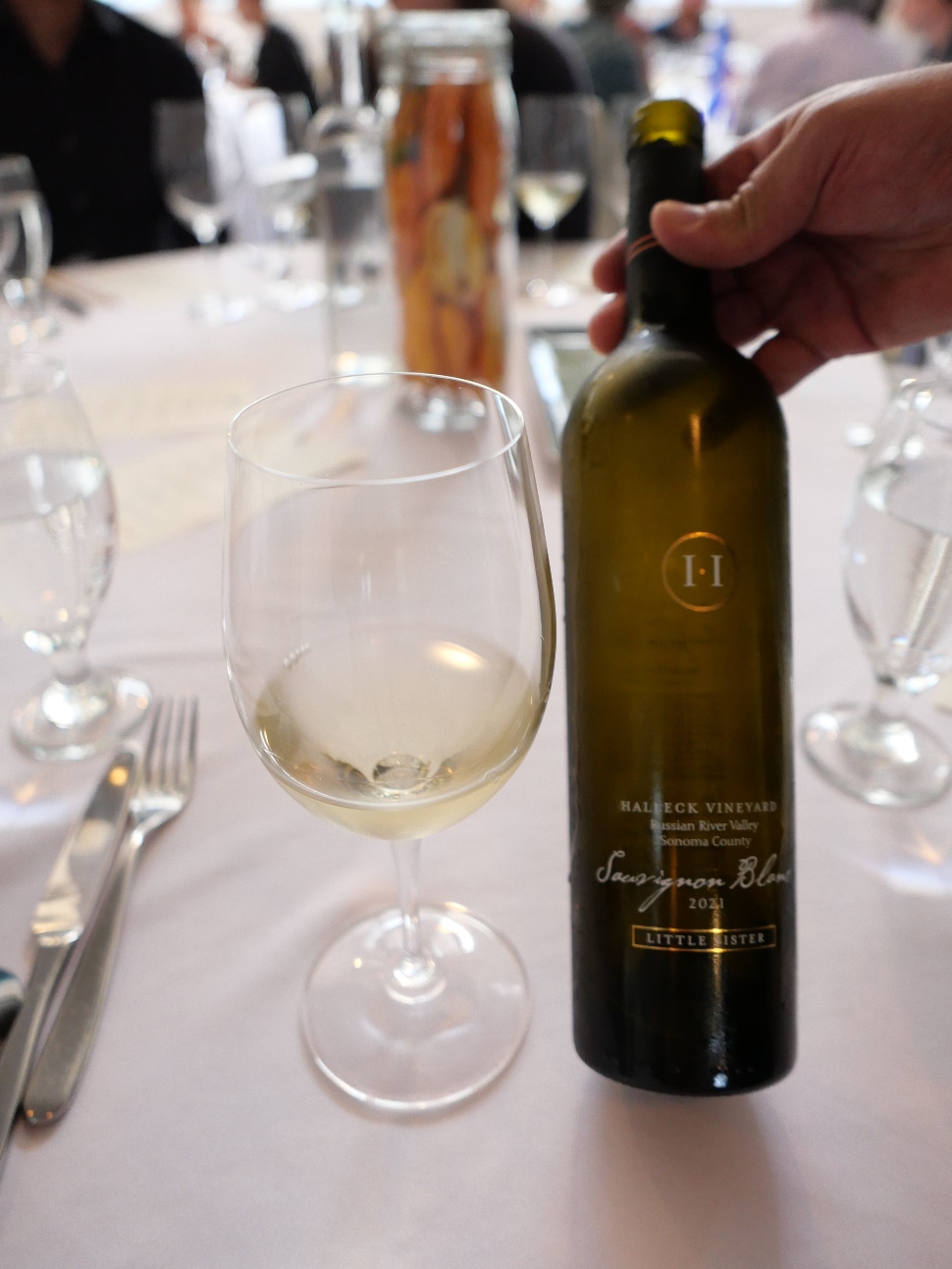Experience Scenic Views and Quality Wines at California Wineries
Experience Scenic Views and Quality Wines at California Wineries
Blog Article
Engaging Wine Experiences: What to Expect at Sonoma Wineries 95409
Understanding the nuanced vocabulary associated with winery wine tasting is important for both novices and seasoned connoisseurs alike. Every term brings to life the experience of tasting wine and might enhance one’s appreciation of the many intricacies concerned. Wine tasting is more than just ingesting; it is an art that involves varied senses and emotions.
To start with, the term "nose" refers again to the aromas one detects when smelling the wine. This is a crucial step because the bouquet units the stage for the tasting experience. Notes of fruit, spice, earth, and wooden could mingle, providing a glimpse of what the palate may confirm. Understanding "nosing" the wine can dramatically elevate one's sensory journey.
Another key aspect is the term "body." The body of the wine describes its weight and fullness on the palate. A full-bodied wine has a sturdy presence and tends to linger longer after swallowing. Conversely, light-bodied wines could feel more delicate and refreshing. Recognizing the body helps tasters assess the wine's structure and balance.
Explore Charming Wineries in Sebastopol's Wine Country 95433
The idea of "tannins" is vital in purple wine tasting. Tannins are compounds derived from grape skins, seeds, and stems, contributing to a wine's texture and getting older potential. High tannin wines typically end in a dry mouthfeel, whereas lower tannin levels yield a smoother experience. This distinction is especially necessary when pairing wines with food, as tannins can either complement or conflict with certain dishes.
In addition to tannins, "acidity" performs a significant role in the wine tasting experience. Acidity offers wine its crispness and liveliness - Sommelier's Guide to Exploring the Wines of Sebastopol. Wines with larger acidity are typically refreshing and energizing, making them glorious companions for a variety of meals. Recognizing acidity can drastically improve one’s food-pairing capabilities and total tasting enjoyment.
When delving into the flavor profile of a wine, one could encounter the term "end." The finish refers to the aftertaste that lingers in the mouth after swallowing. A lengthy end is usually related to high-quality wines, as it signifies complexity and depth. A brief end may recommend a much less complicated wine. Knowing tips on how to evaluate the finish can reveal a lot a couple of wine's character.
Exploring the "vintage" can also be integral to wine tasting terminology. The vintage denotes the 12 months in which the grapes have been harvested. Completely Different years can yield vastly different results because of variations in local weather conditions. For instance, a scorching summer can produce more concentrated flavors, whereas a cooler year may yield extra refined, nuanced wines. Understanding vintage permits for a deeper appreciation of a wine’s origin and potential.
Welcoming Outdoor Wine Tasting Venues in Sebastopol 95472
The term "terroir" encompasses the geographical and environmental components that contribute to a wine's unique character. Components similar to soil kind, climate, elevation, and topography all play a role within the flavor and quality of the wine. This connection to put helps one understand why wines from completely different regions can style so distinctively completely different, even when created from the identical grape variety (Wine Enthusiast's Guide to Discovering the Wines of California).

When partaking with wines, the phrase "leg" refers to the droplets that type on the inside of the glass after swirling. These droplets can indicate the wine's alcohol content material and viscosity. Whereas observing the legs may not immediately relate to the wine’s taste, it provides to the general experience and intrigue of wine tasting less transparent.
Pathways Through Sebastopol : The Best Routes for Exploring
A more specific term that may arise during tastings is "oak." The influence of oak barrels on wine can impart flavors such as vanilla, toast, or spice. The degree of oak aging can vary widely among wines, affecting both aroma and style. Understanding oak remedy offers insights into the winemaker’s decisions and the resulting complexity of the wine.
In wine tasting, one may additionally hear the term "palate." The palate refers again Family-owned wineries in Sebastopol to the total style experience within the mouth. This encompasses sweetness, bitterness, acidity, and physique. A well-balanced palate is crucial for a harmonious tasting experience, and recognizing any imbalances helps assess the standard of the wine.
The experience of wine tasting is greatly enriched by understanding the terminology that accompanies it. Each term serves a purpose, enhancing the ability to convey thoughts and feelings about the wine one's experiencing. This vocabulary bridges communication between tasters, sommeliers, and winemakers alike.

To totally take pleasure in wine tasting, it is important to interact all senses. The sight of the wine, its colour, and readability can provide insight into its age and quality. Swirling the wine releases aromas that heighten the olfactory experience, whereas the precise tasting permits for an entire evaluation of the wine's profile.
Discover Sustainable Wines at Sonoma Wineries
In conclusion, understanding the detailed rationalization of winery wine tasting terminology tremendously enhances the experience of tasting. Every term invites the taster to interact extra deeply with the wine, encouraging connections to the senses, the winemakers, and the lands the place the grapes are grown. This nuanced vocabulary creates a richer, extra fulfilling wine tasting experience.
- Aroma refers to the scents launched by the wine, which can indicate its grape variety and influence the tasting experience.
- Tannins are natural compounds found in grape skins, seeds, and stems, contributing to the wine's structure and growing older potential.
- A end, or aftertaste, is the lingering flavor sensation that is still on the palate after swallowing, usually a key indicator of high quality.
- Physique describes the burden and fullness of wine within the mouth, typically categorized as light, medium, or full-bodied.
- Terroir denotes the unique environmental characteristics of a vineyard that affect the style and high quality of the wine, together with soil sort and climate.
- Acidity is a crucial component that contributes to a wine's freshness and balance, impacting its aging capability and overall flavor profile.
- Vintage indicates the 12 months grapes had been harvested and performs a major position in figuring out the wine's characteristics, reflecting specific climatic conditions.
- Decanting involves pouring wine from its bottle into one other vessel, permitting it to aerate and enhancing its flavors and aromas.
- A corked wine may be tainted by a defective cork, resulting in musty or off-putting flavors that detract from the wine's intended profile.
- The term “legs” refers back to the droplets that cling to the inside of a glass after swirling, usually related to the wine's alcohol content material and viscosity.undefinedWhat is the which means of "nose" in wine tasting?undefinedThe "nostril" refers again to the aroma profile of the wine, which is detected via the sense of odor. It Is an important aspect of wine tasting, as aromas can reveal a lot in regards to the grape selection, winemaking course of, and growing older.
How should I correctly style wine?undefinedTo taste wine effectively, observe these steps: observe the colour, swirl the wine to aerate it, take a mild sniff to capture the aromas, sip and let it coat your palate, and at last, note the end. This strategy helps in appreciating the wine’s complexity.
What are "tannins" and how do they affect wine?undefinedTannins are pure compounds found in grape skins, seeds, and stems that contribute to a wine's structure and astringency. They can create a drying sensation within the mouth, and they also play a task within the wine's aging potential.
A Guide to Vineyard Tours in Sonoma
What does the term "stability" mean in wine tasting?undefinedSteadiness refers back to the harmony between the completely different elements of a wine, corresponding to acidity, sweetness, alcohol, tannin, and flavor intensity. A well-balanced wine could have each of these components supporting one another somewhat than overpowering the others.
What is the significance of "terroir" in wine tasting?undefinedTerroir encompasses the environmental factors—such as soil, local weather, and geography—that affect the characteristics of the wine produced in a specific region. Understanding terroir helps tasters recognize the distinctive qualities that completely different regions impart to their wines.
What does "vintage" mean and why is it important?undefined"Vintage" indicates the yr when the grapes were harvested. It is crucial as a result of it impacts the wine’s high quality and characteristics, as climate conditions through the rising season can considerably influence flavor profiles and aromatics.
What are "legs" and what do they signify?undefined"Legs" check with the droplets that type and run down the within of a glass after swirling wine. Whereas they'll point out alcohol content and viscosity, they do not decide quality—this is more about personal Resources perception of richness.
Experience the Flavor of Estate Wines in Sebastopol

What does "full-bodied" mean versus "light-bodied"?undefined"Full-bodied" wines are wealthy, dense, and sometimes have higher alcohol content material and sophisticated flavor profiles, whereas "light-bodied" wines are extra delicate and refreshing with a lower alcohol content material. This distinction helps tasters understand the anticipated weight and mouthfeel of the wine.
How can I determine fruit flavors in wine?undefinedTo identify fruit flavors, contemplate the aroma and taste profiles. Swirl the wine, inhale deeply to seize the bouquet, and concentrate on specific traits. Familiarity with typical fruit profiles of various grape varieties can improve this identification process.
What is "end" in wine tasting?undefinedThe "finish" refers again to the aftertaste that lingers in the mouth after swallowing. A lengthy, complicated end is usually an indication of quality in a wine, because it reflects the depth of flavor and total craftsmanship in the winemaking course of. Report this page